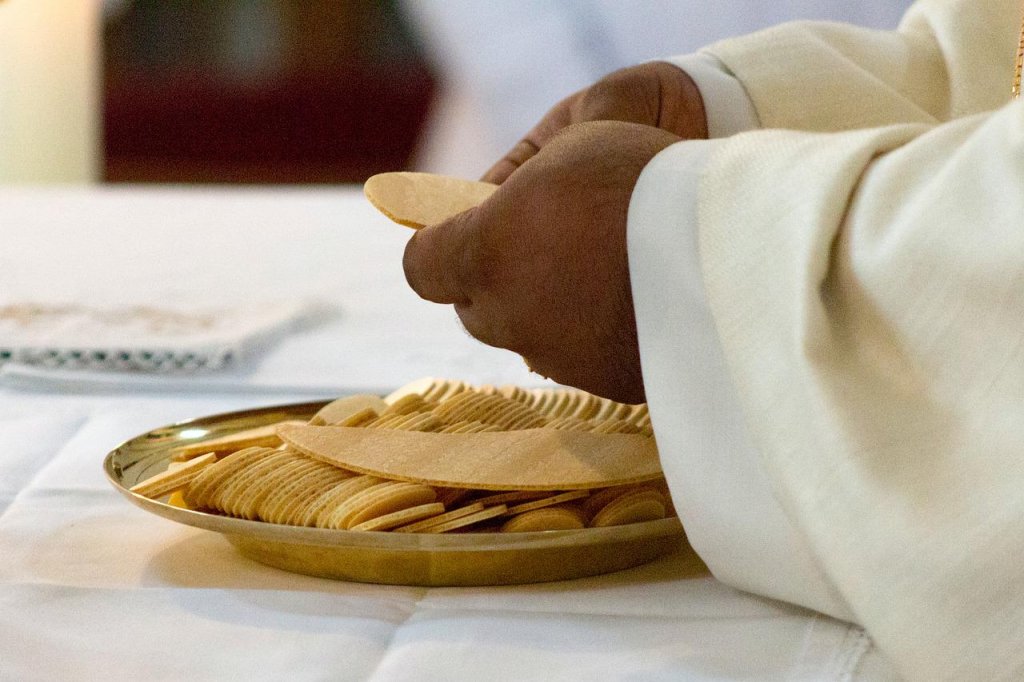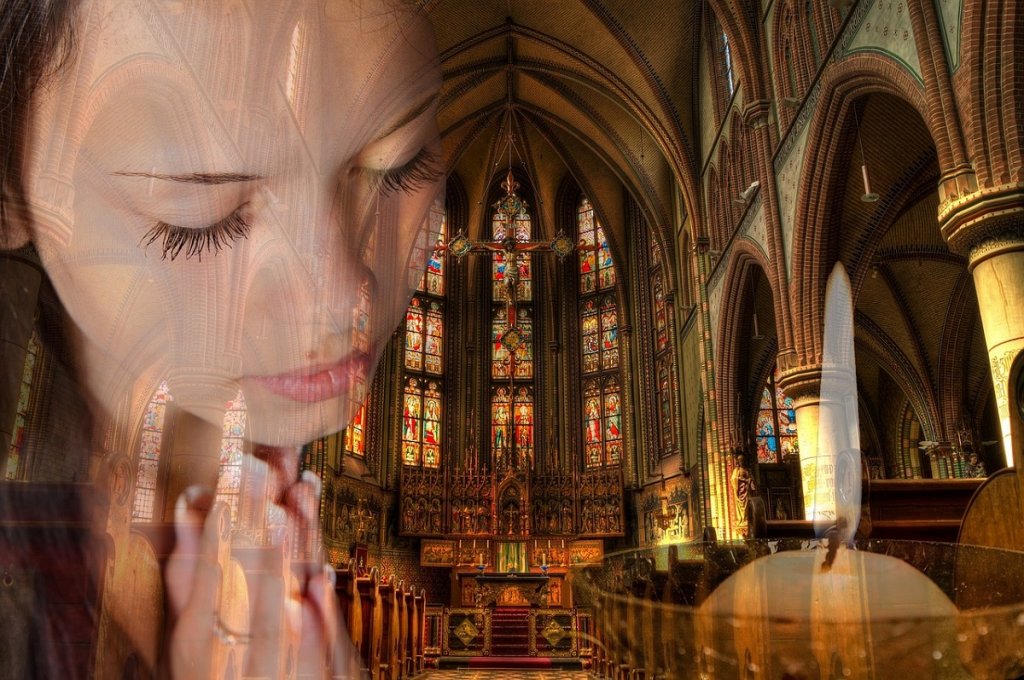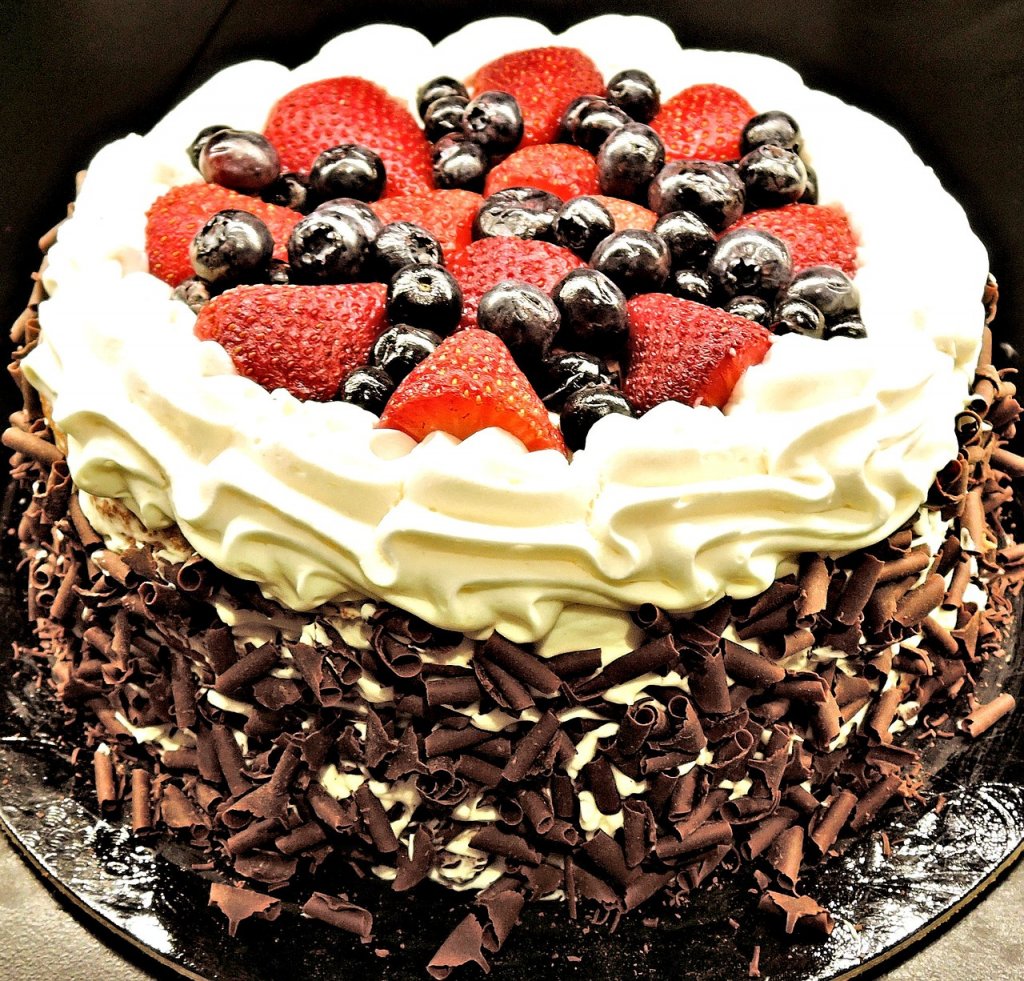Catholic funeral etiquette is based on the traditional Catholic Rite of Committal. Funeral services may include a wake or vigil the night before, a Requiem Mass, and burial even after cremation. The emphasis in modern Catholic funerals is on the journey of the deceased’s soul and support for the living.
A Catholic funeral Mass is a service held by the Catholic Church when a member of the church passes away. Sometimes people are surprised to hear that the traditions of the Catholic funeral rights start before the person even passes away when the last rites are given.
Other traditions include the wake and the funeral service, followed by a Catholic burial.

Table of Contents
What Is Catholic Funeral Etiquette Regarding Dress?
When attending a Catholic funeral service, it is customary for attendees to wear black or another dark color such as navy. Traditional attire for men includes dark pants, a white dress shirt, and a necktie. Jackets are often worn but not required. While the dress code has relaxed in many areas to include less formal clothing, men should wear a collared shirt unless the weather is cold enough to require a sweater.
Women should also lean toward dark colors such as black or navy. It is appropriate to wear a dress, skirt, or pantsuit, as long as the clothing is very traditional and modest. Gray is another neutral color that has become more acceptable for funeral attire.
Unless the family specifically requests you wear bright colors, avoid doing so.
What Are The Customs Regarding Wakes?
Catholic funeral rites begin very quickly, with the wake being an important piece that occurs shortly after the person passes away, usually within a few days. Considered a vigil service that harkens back to the past when prayer where offered throughout the night, the wake is largely a social event that takes place the nights before the services that usually include a funeral Mass.
The wake can be held in a funeral home, at the home of the deceased, at a church, or even other locations. Those attending may view the body for the last time and express their condolences to the family before the service.
Although most wakes last a few hours, there are some Catholic wakes that last for days. An example of this is an Irish Catholic wake that can last for a few days when close family and friends both mourn the loss of their loved one, pay special tributes, and heartily celebrate the life of the deceased.
Another tradition during a Catholic wake is the praying of the rosary. Family members often pray the rosary as a group at some point during the hours of the wake. The eulogy may be given at the wake.
The traditional funeral is a separate event typically occurring the following day.
What Do Mourners Bring To A Wake Or Funeral?
In Roman Catholic tradition, it is appropriate to bring or send flowers to a wake or funeral. A meal is often hosted by the church parish, and food items are welcome. They may get used for the luncheon after the funeral or sent home with the family.
Sometimes people donate to a church to have a Mass dedicated to the deceased person’s memory. This is a lovely way to honor someone’s loved one.
You can also send a gift to help the grieving family remember their loved one. There are many appropriate gifts such as wind chimes, small statues, frames, plants, etc.

The Catholic Funeral Mass
An integral component of the funeral Mass which celebrates that although the person’s physical life has ended, the person’s soul will move on to a sacred place. The funeral liturgy builds upon the regular Mass, which includes five parts:
- Introductory Rites
- Liturgy of the Word
- Liturgy of the Eucharist
- Communion rite
- Concluding rite
Not all Catholic funerals include a Mass or a full Mass with communion but those that do follow this order:
- Introductory Rite
- Procession
- Sprinkling of Holy Water (Blessing of the Casket)
- Opening Hymns and Prayers
- Readings from the Bible
- More Prayers
- Homily, which includes comments about the life of the deceased
- Holy Communion at the Mass
- Concluding Prayers and Final Commendation
- Casket Removed from Church
- Committal at the Graveside
What Do Attendees Do During The Service?
While Catholics know what to expect in a funeral Mass, non-Catholics may find it all confusing. In Catholic Masses, you will notice people stand, sit or kneel frequently. The funeral program may point out when to so, but guests can take their cue from others.
Communion may be offered during the service, but in the Catholic faith, non-Catholics are not permitted to take it.

Can Catholics Be Cremated?
Historically, Catholics could not be cremated as this destruction of the body was thought to interfere with its eventual resurrection. The prohibition was lifted by the Vatican in 1963, but the church has many provisos about the practice. Cremated remains should be present at the service and must be entrusted to a cemetery or columbarium. Storing ashes in urns, sharing them among family members, scattering the remains, or preserving them in jewelry or other remembrances is still unacceptable.
In the past, Catholics had to be interred in a Catholic cemetery, but this is no longer the rule. Their body or cremated remains must be buried in the ground or entombed in a mausoleum or columbarium.
What Do Mourners Do At The Gravesite?
After the funeral, mourners often accompany the funeral procession to the gravesite or mausoleum for the committal of the deceased to their final resting place. At the graveside, the priest presides over the burial and says prayers. Participants around the grave may recite the Lord‘s Prayer and perhaps sing a hymn. They may approach the casket with a flower before the casket is lowered into the ground.

Reception After The Service
After the Catholic service, there is usually a reception that may take place at the church hall, funeral home, private home, or other venue. If you are invited, you should feel free to attend. The reception is a nice time for people to speak to the family and tell a short story or share a fond memory of the deceased.
Sometimes the priest or a family member will say something during the memorial service to ensure that guests know there is a funeral luncheon and where it will be located. If a public invitation like this is made, you can feel comfortable going. Otherwise, only attend if someone from the immediate family personally invites you.
Role of Flowers, Gifts, and Money
When someone passes away, it is etiquette to give some sort of gift. As mentioned prior it is common to send flowers to decorate the church and funeral home. Sometimes the family requests some type of gift other than flowers. For example, a family might ask for people to donate to a charity or favorite club or organization “in lieu of flowers.”
You can also give the family a monetary gift if you believe that the family is experiencing hardship due to a long medical issue or an unexpected funeral. Even a small amount of money is welcome to apply toward the many out-of-pocket expenses during a funeral. Just be warned that in some cultures, giving money is seen as rude.
It has become increasingly more common for people to give gifts when someone passes away. There are many precious momentos that can be given to help mourners remember their family members.

